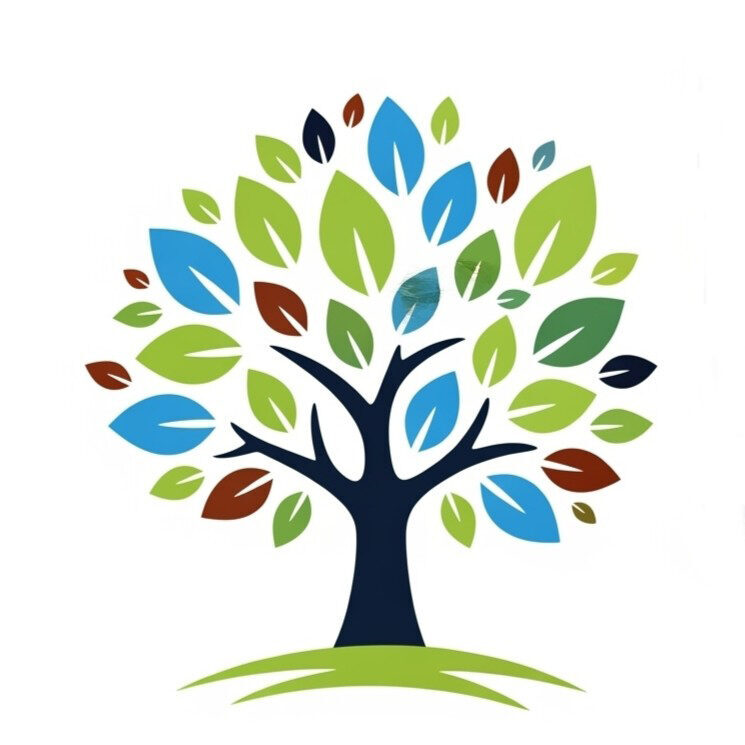Project
Green Office: Sustainability Dashboard
CHALLENGE
How can we create an insightful and user-friendly sustainability dashboard that combines qualitative and quantitative data?
DESCRIPTION
With increasing concern and the need for progressive solutions that can help organizations and departments to reduce environmental damage, Hogeschool van Amsterdam (HvA) aims to develop a sustainability dashboard. This dashboard should bring together four pillars that is educational, research and facilities and organizational purposes. Although there is already an educational dashboard in PowerBi, it still has challenges in surfacing insights for particular questions. As for the operations and research dashboard under development, the challenge is to find a way in which the qualitative and quantitative data can be merged together for better visualization.
However, narrowing down the challenge, the team will focus on data collection specifically on carbon emissions and reduction related to the ICT department’s hardware and services. Some of the sub-questions that are to be considered include:
- familiarizing with the already available data.
- proposing ways that can assist in connecting HvA’s strategic sustainable development pillars.
- ways to combine impact measurement of qualitative and quantitative data.
- reconciling impact on both local and central levels.
- ideating on ways to improve the visualization.


